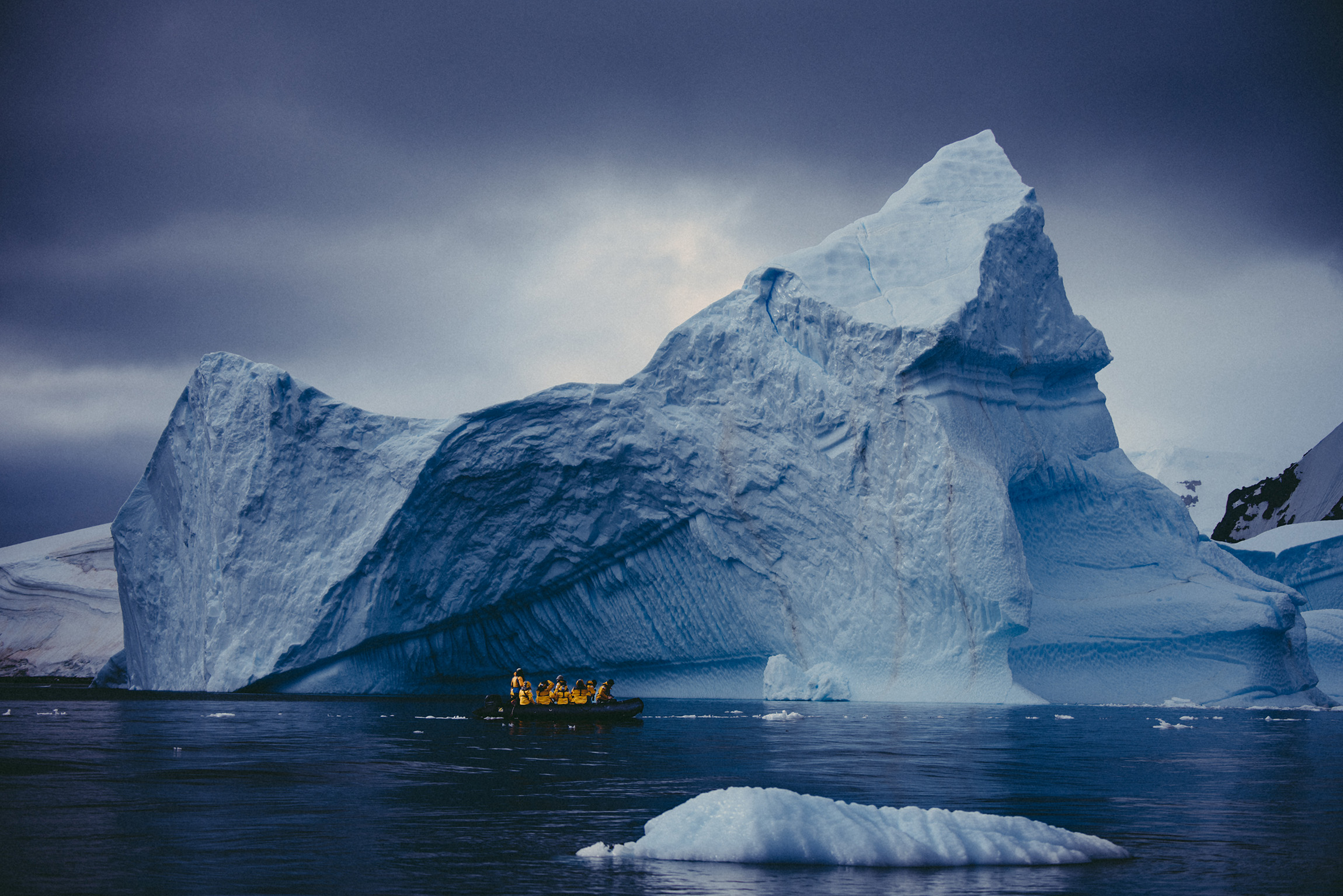This summer we’re packing up some bare essentials, loading up the car, and hitting the road with our friends for our first slice of real-live, full-on summer since the pandemic started. We’re more than psyched to start exploring the world beyond our local supermarkets and since last summer was just kept to our quarantine clusters, we’re ready to make some memories with friends we haven’t seen.
What better way to remember a trip with the people you’ve missed most than by taking lots of photos to document everything? But after all that time spent in isolation our photo game is looking rusty (selfie game and Pokemon Snap skills are on point, though). So to get some tips on how to snap memorable pictures, we reached out to professional travel photographer and Nikon photographer Taylor Jackson for tips.
Before Jackson linked up with Nikon, he was hard at work documenting his travels and piloting a series that would take him around the world. So he’s got all the expertise we need to really help bring our travel photos to life.
“Maybe five or six years ago… I thought ‘I’m going to go ahead and make my own portfolio and travel on my own budget,’ hopefully, someone will see the benefit of having their brand tied to that,” Jackson tells me over the phone. “We were fortunate enough to partner with Nikon to do what would eventually become the travel show, Around the World. They basically left us to our own devices to go out and do what we want, and come back with 10 episodes and a bunch of shorts… it was a real dream come true that they trusted us to go out and do that to come back with a series we put on Youtube.”
Jackson’s Youtube is also full of other great photo-centric content from portrait tips to photography tutorials, so definitely check that out after exploring the advice offered here. Let’s jump in!

Your photos have a tendency to look so hyper-realistic it’s almost otherwordly, what are some of your tips for capturing that otherworldly vibe in photos?
I think that most great travel and landscape photography is all about timing and being in the right place at the right time. So you, fortunately, have a lot of control over that, but it, unfortunately, involves waking up early in the morning to catch that morning golden hour sunrise or staying out during what would be a normal dinner time to get those photos at the evening golden hour.
A lot of it just comes from lighting and the right place and right time, some good fortune thrown in there as well as watching the weather and taking whatever opportunities are available.
Sometimes you get very fortunate and you’re in the right place and the right time and you have a camera, other times a lot of planning has to go into it to really make those shots come to life. A certain level of it is thanks to post-production as well, you have to know what you want the final image to look like when you start the edit to make sure that it fulfills your vision of what happened, you also have to know the possibilities of what’s possible in what you captured in the raw file.
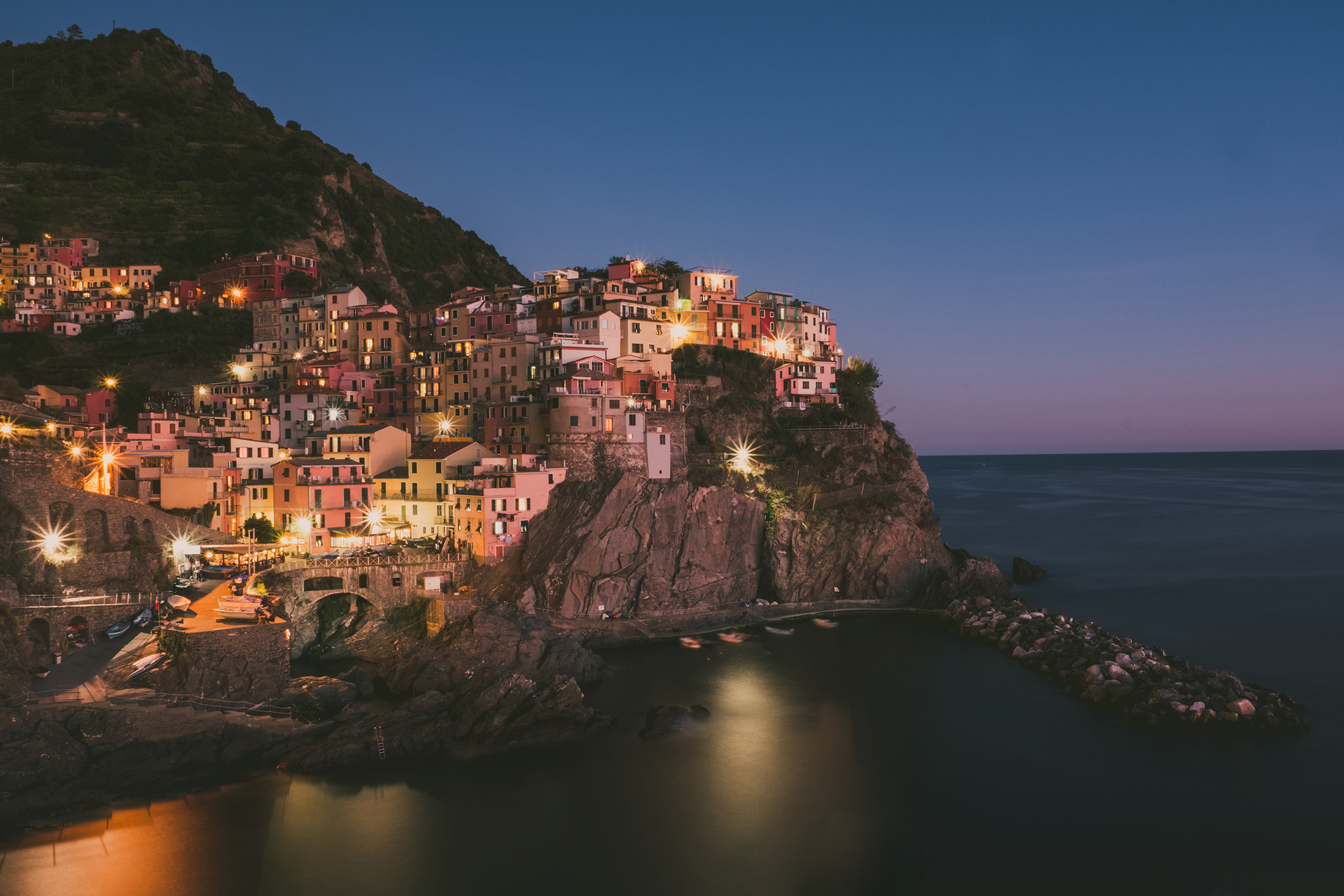
Are there any new photo tools you’ve discovered that have really helped your photo-taking and editing process? What tools would you suggest?
For travel and landscape and if you’re out in the world working on photos, Lightroom Mobile is really useful. I’ll be taking my photos out in the field and instantly be able to do an edit. I use to have to go home sit down and… it’s a whole process, but now when I get the image that I know is the final image, I can just go in and start editing right on my phone. That speeds things up a lot.
It’s unlocked a lot of potential in terms of what can be shared what’s currently happening and what’s going on and not creating backend workflow that really stresses you out if you don’t take many photos and you come home and have all these photos to go through. It’s really easy to just make those selections when you’re out in the field and then they’re just final images at that point.
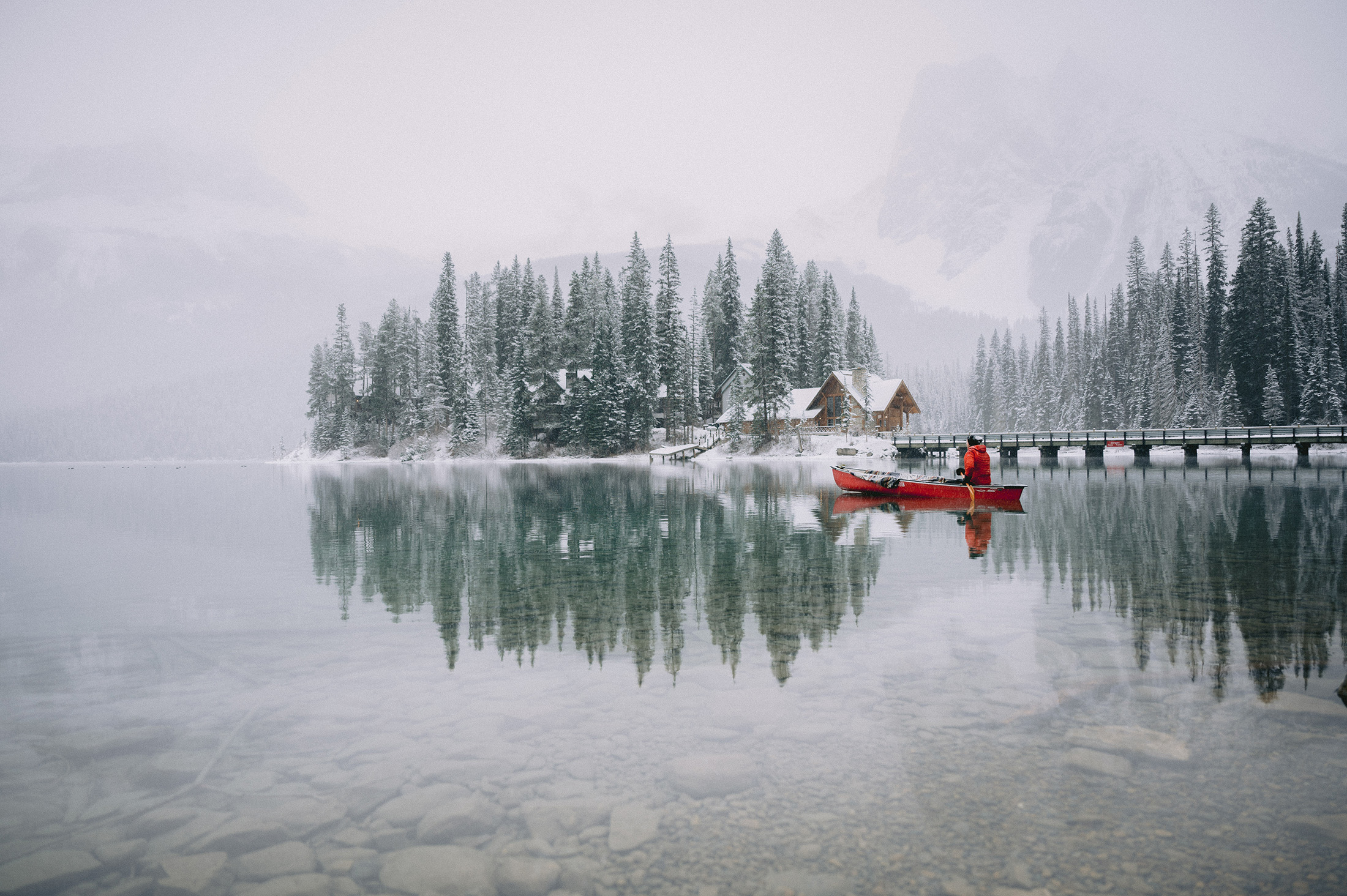
Your landscape and travel photography has a much different mood than your portrait work, what tools do you use to set the mood of a photo?
The lighting is so crucial to any moment, you can make something feel incredibly romantic or otherworldly, it has such a tremendous impact!
Especially around post-sunset, when it starts to get into that blue hour and the incandescent lights on buildings start to match with the sky, there are really some interesting opportunities when you start paying attention to those really dynamic times of the day. Maybe that’s only a 20-25 minute process from that golden hour to the weird blue hour, and if you really know what you want to do within that you can really create some cool and unique moments. They don’t seem like they’d exist in normal life yet they exist every day — you just have to start noticing them!
What about when lighting conditions aren’t ideal? How can you take a spontaneous photo to the next level?
It’s all about experimentation. There is opportunity within any light you’re given you just have to be aware of those and know what will work. That’s the most important thing. I’m never really in the most ideal lighting environments, especially when doing client work or out on wedding days. You maybe get 10 minutes over sunset but the rest of the day is usually in really challenging light. Knowing what’s possible and knowing to have people look towards the light or away from the light or to know when to meter for the background or meter for the people facing the camera.
There are too many variables but just experimenting and seeing what works is the best way to do it.
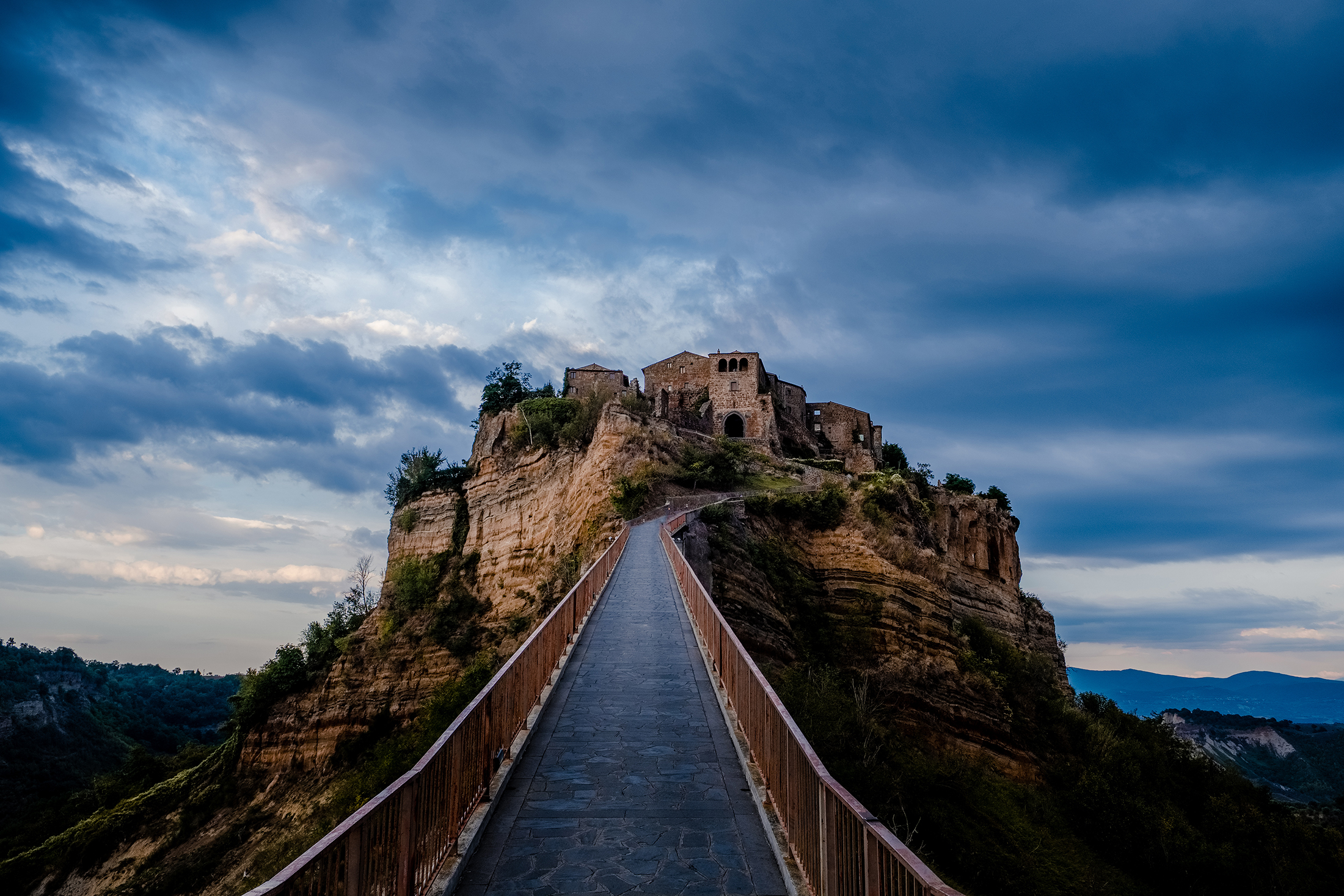
How much time do you typically spend in post? What are you trying to fix, how heavy is your editing hand?
I try to keep things realistic to what is in the scene. I won’t be replacing skies or anything like that, I feel like you start to get into the more artistic side of photography at that point, which is totally cool if that’s something you’re interested in. But for me at least, anything that’s happening in that scene is fair game and I’m just trying to make every element look as good as it possibly can.
In post-production, I’m usually balancing the image overall for color or for tones, for instance in the sunset, if the sky is all bright and the foreground all of a sudden gets really shadowy then I’m going to bring that up a little bit in post-production just to balance out the scene as best I can but beyond that, I don’t do anything too crazy or anything that can’t be done in-camera.
That’s my personal limit. If I can’t do it in the camera or in the darkroom then I probably don’t want to be pushing past that. But that just comes down to style, overall when you’re putting together a portfolio of work on an Instagram page, if you do all these different styles it starts to look really eclectic.
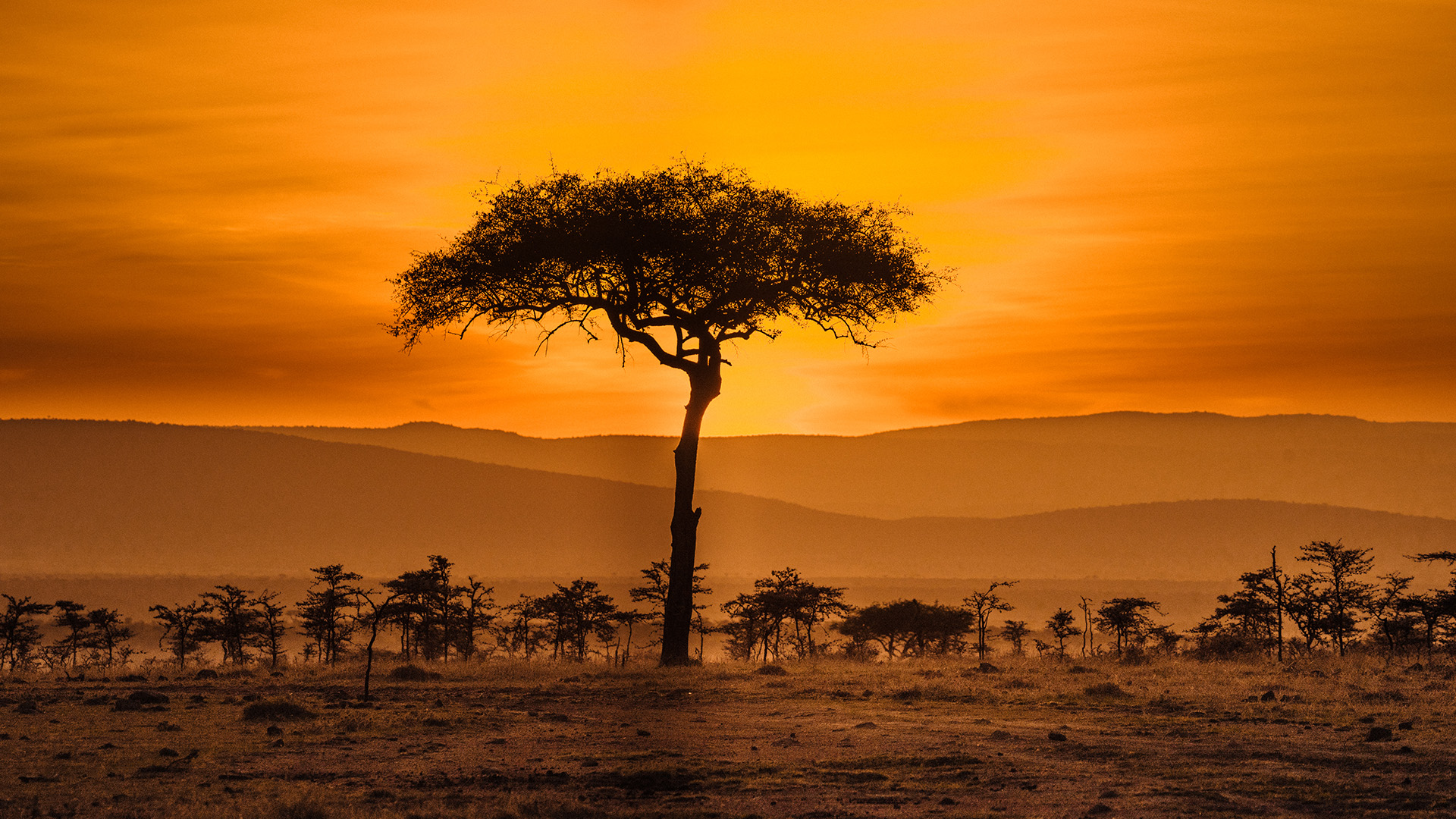
What post-production tools do you use beside Lightroom?
I’ll also edit with Instagram, believe it or not, it’s incredibly powerful now as far as an image editor, especially if you’re taking images with your phone, it’ll know how to interpret those images a lot better.
On the computer, I use Lightroom and maybe Photoshop if there are any specific edits I need to do that are more within the image, like if I need to fix a tree and I want to modify that so it doesn’t stand out, but usually global adjustments I’m all doing within Lightroom.
As a wedding photographer coming home at the end of the day and having 300 to 400 images to go through the speed of Lightroom really helps me out there a lot. When I’m doing landscape images I have more room to sit with the files, so typically a landscape image will go from Lightroom as a global edit and then end up in Photoshop for the finalization of it whereas wedding and portrait work goes through Lightroom and gets batch processed for skin smoothing and a few other small things.

It seems as if this summer is going to be the summer of road trips. For those not willing or wanting to carry all this gear with them, what are the essentials tools you would need in your photography kit if you wanted to document your adventures of the summer?
For the photography kit, I like to go as simple as possible whether I’m out at a wedding or I’m ‘out doing landscape photography. It is nice to be prepared and to bring everything with you but I find if I put myself in a box I’m forced to be creative with what I’ve got.
I would say a 50mm Prime is a great tool to have out there. When you’re on a road trip or traveling with friends and family, the best thing to come back with is a few nice landscape photos but also great photos of everyone you were there with. I think that’s what’s truly important 10 to 20 years from now so a fifty-millimeter lens is definitely something that will make those images a lot better. I like the 50mm Prime because it separates everyone from the background with this really nice depth of field that looks real and natural and it’s not something you can just replicate with portrait mode on your phone, it feels completely different.
When you actually print things out, and you should print photos, it has a completely different feeling it feels like you’re in the moment again which is so cool.
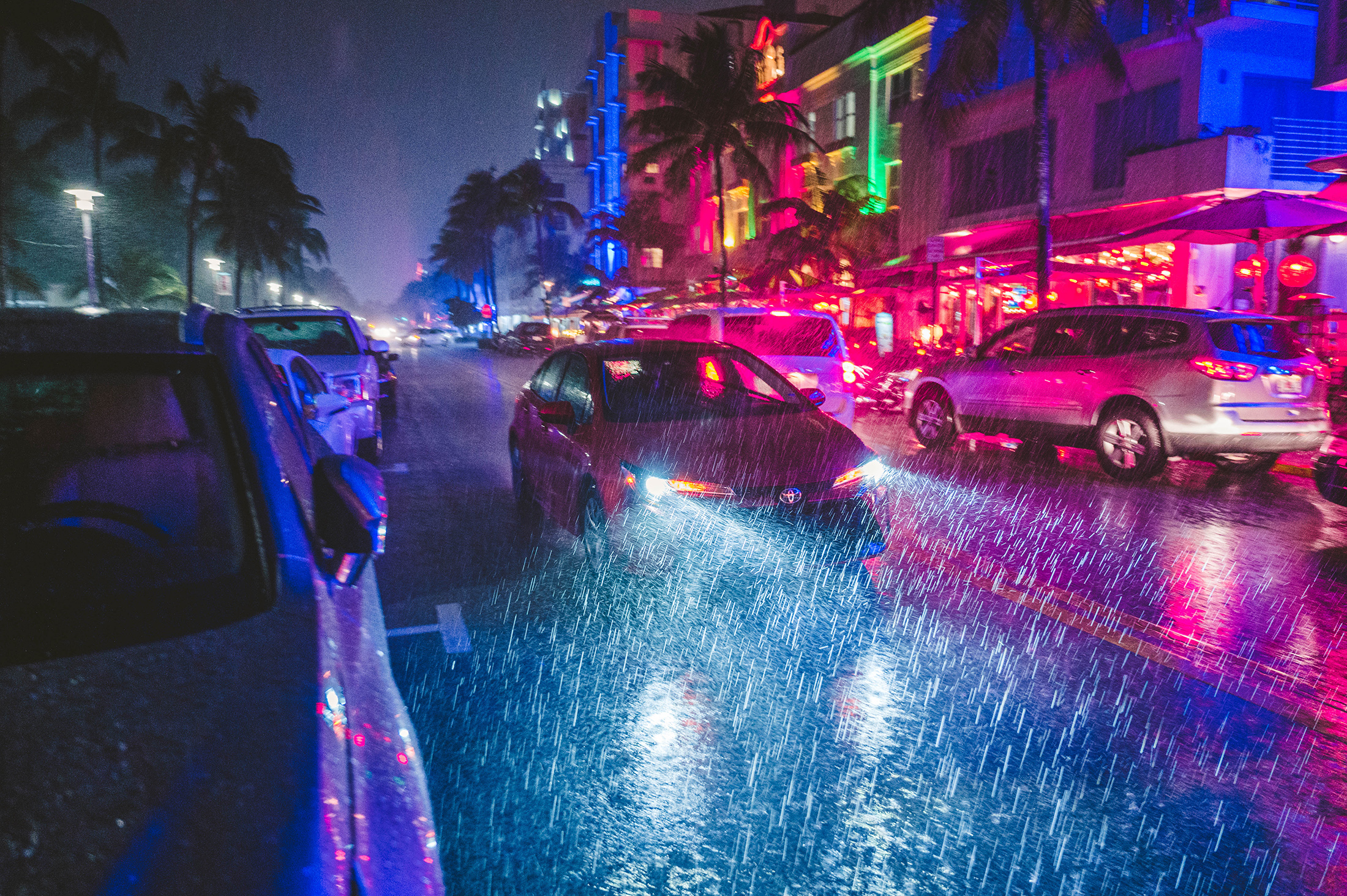
You take a lot of really great night photos, what tips and advice do you have for people who want to capture images at night with the same kind of vivid color and detail
Night images rely the most on your technology. You can do an okay job with the phone, but if you have something like the Nikon Z6II, the files that come off that camera give you almost unlimited freedom with what you can do, within reason. So with night shots I would really heavily on what’s possible in post-production, you can see the scene in real life but the way it captures it might not be there yet and it just needs a little finesse in post-production.
That’s something that helps enable that process, a great camera that produces great raw files.
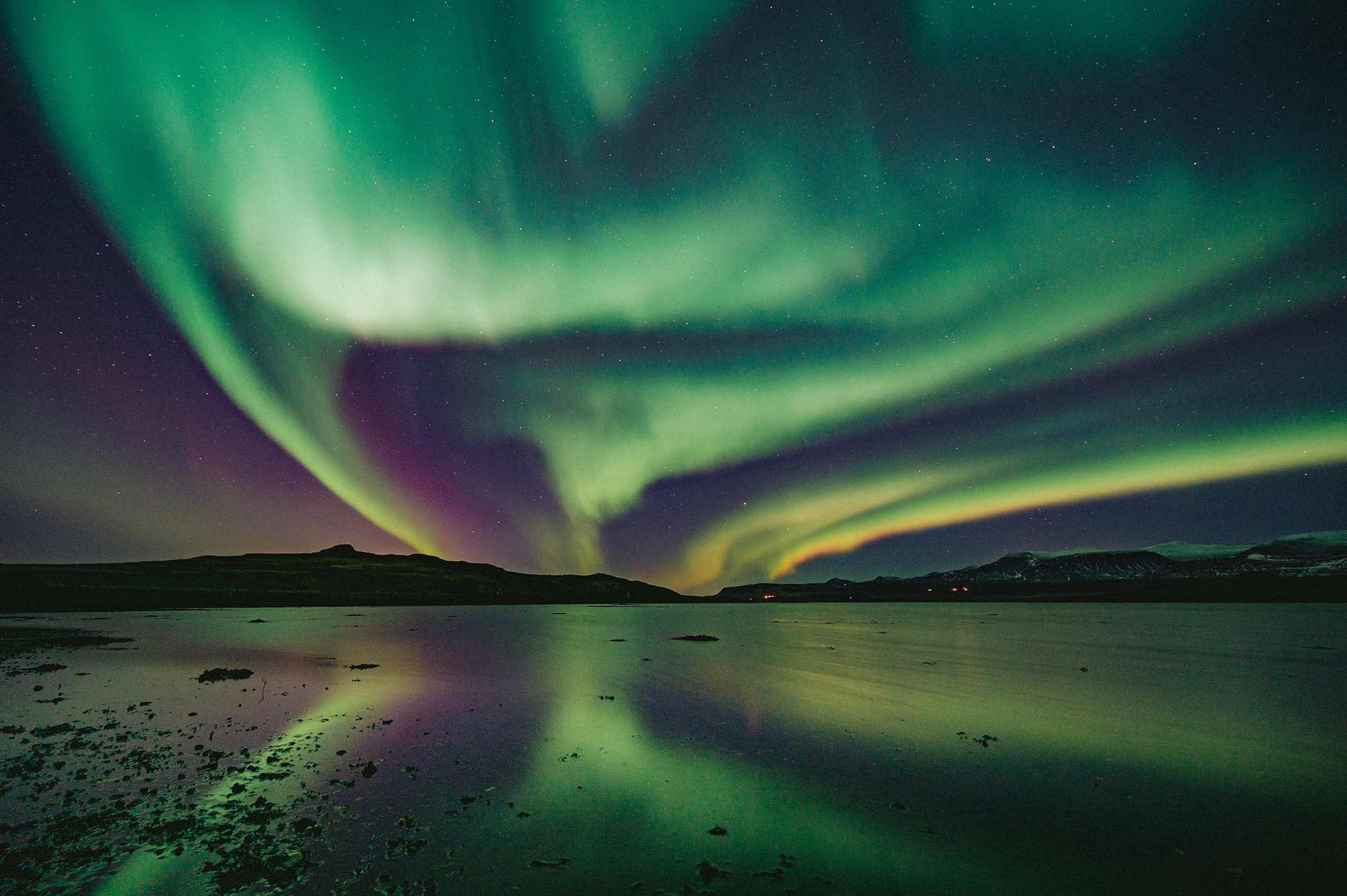
When international travel opens up again where is the fit place you’re excited to go take some pictures?
Tokyo Japan. I check every other day to see if Japan is open to foreign visitors. It’s an amazing city, I saw the movie Lost in Translation a bunch of years ago and fell in love with Japan because of that, and then as I got there I realized the experience can be really similar your first time. You go to Shinjuku and you see the lights and all the noise but by day three or four you realize a little bit more about what the city actually is like.
It’s the calmest quiet place in the world. You’re in a major city but the noise floor is so low you could hear a pin drop in subway traffic.
It is very strange and very surreal, I get completely relaxed and calm when I go there. Also, being from the Toronto area, I’m 12 hours flipped, so my workday is through the nighttime there — I have the full day to explore and I’m not getting hit with emails and notifications because everyone I know is asleep. The culture and the people are amazing, the food is incredible, its a place I’ve been a couple of times every year for the last 10 years now.
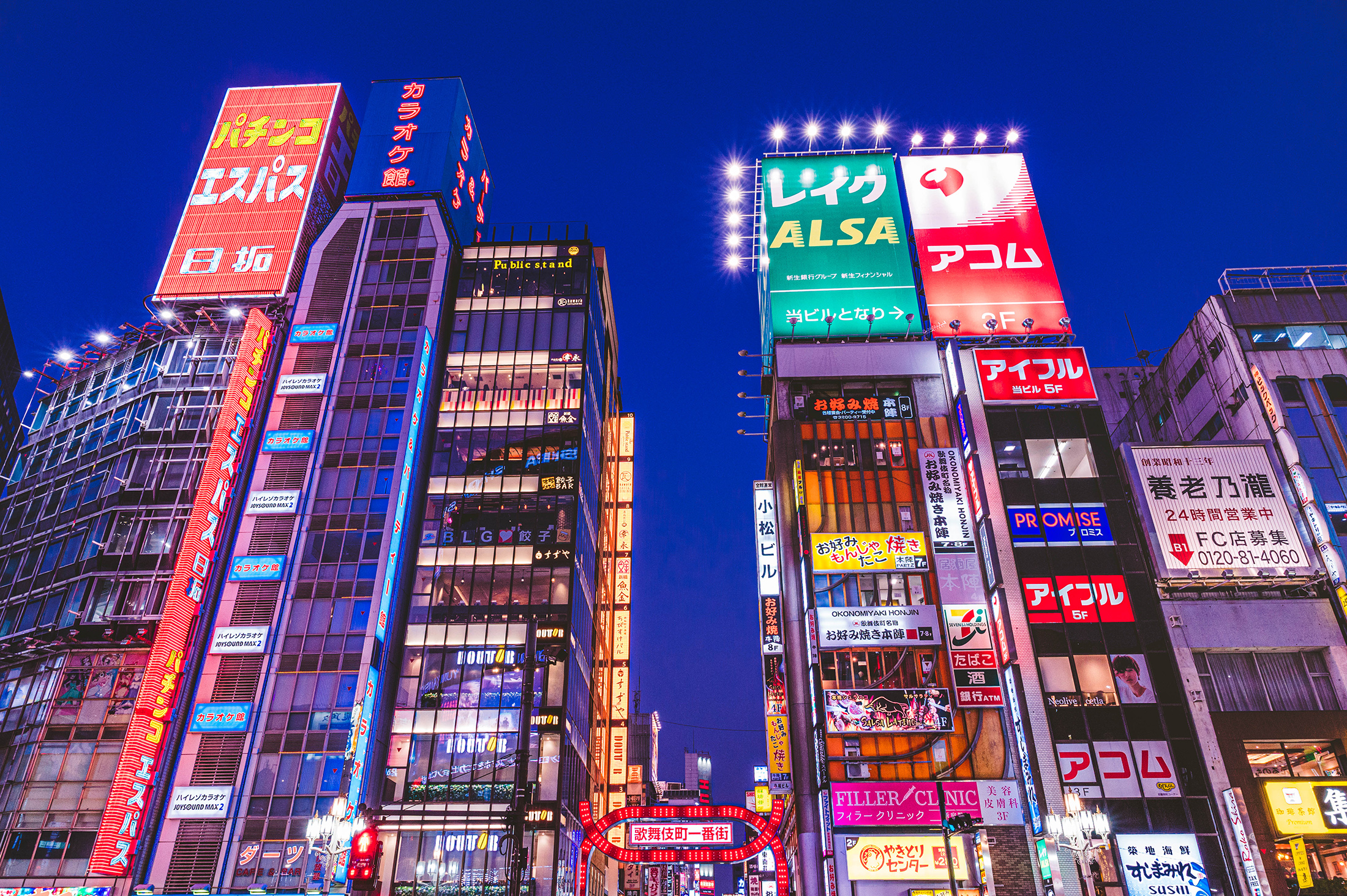
I saw that you went to the real-life Mario Kart circuit in Tokyo, what was that experience like?
It’s crazy that that existed! It may or may not come back but I’m hoping it does its the craziest thing. You’re in street-legal go-karts in open traffic but you’re only maybe a foot and a half off the ground, you’re literally in a Mario Kart but you’re also in traffic with large trucks and taxis, it is absolutely crazy they are allowed to do that.
It’s so much fun you drive around with a couple of your friends in a group of maybe 6 or 7 karts, you get to select your costume before you go or you can bring your own costume, and you just drive around. There is a chase vehicle if you don’t want to drive, it’s a Tuk-tuk they brought in from Thailand, I think it’s the only tuk-tuk in Tokyo that I’ve seen. Even not driving the Mario kart is so much fun — it’s a weird experience that I’m happy exists somewhere in the world.
